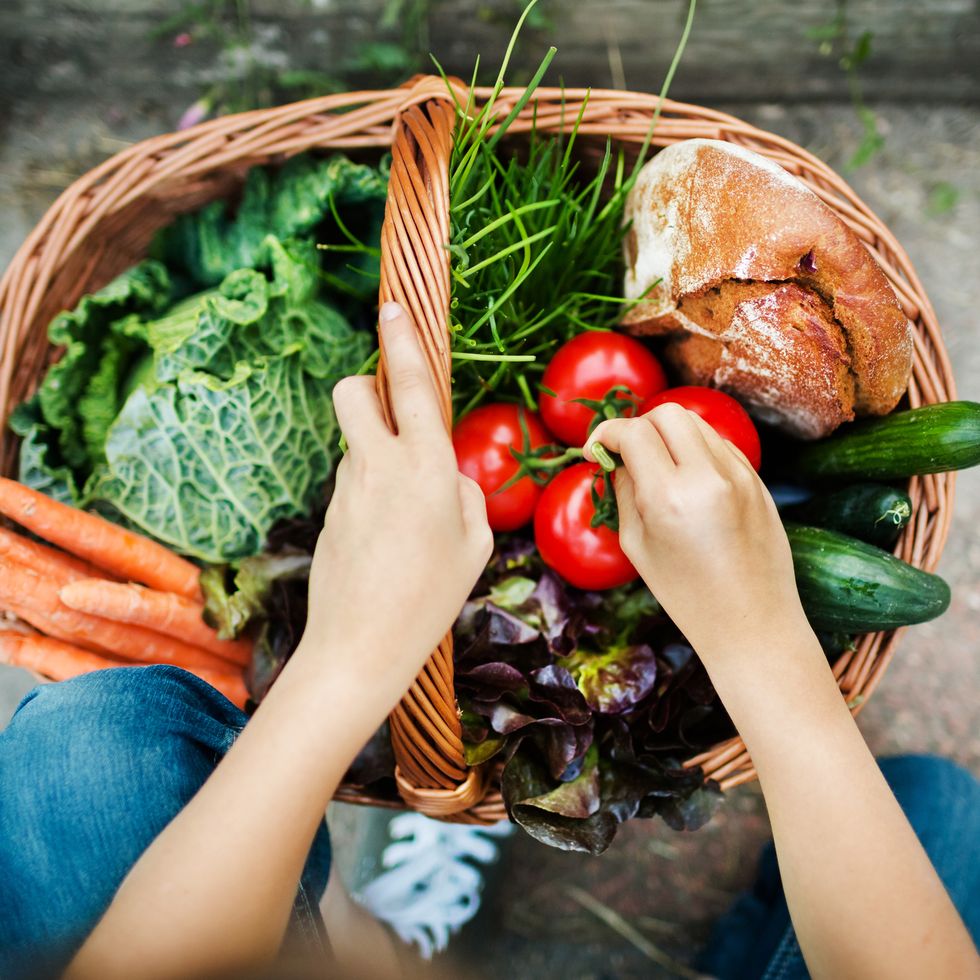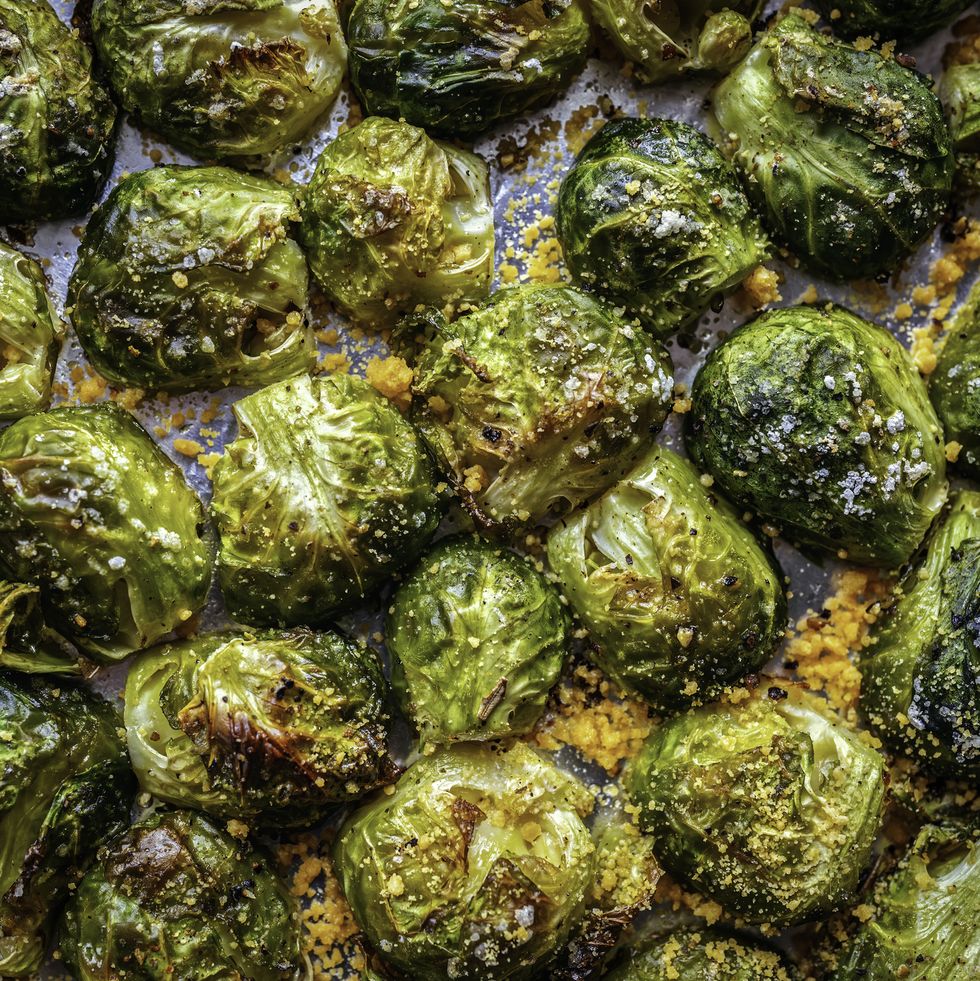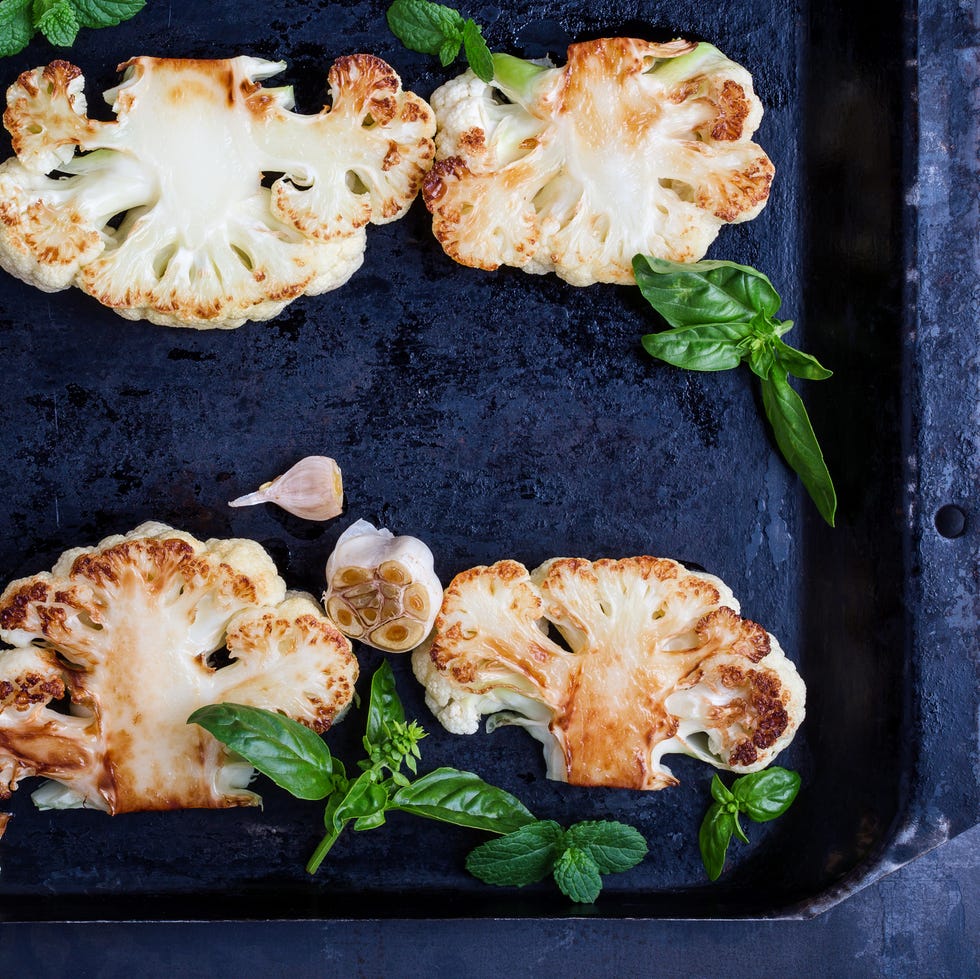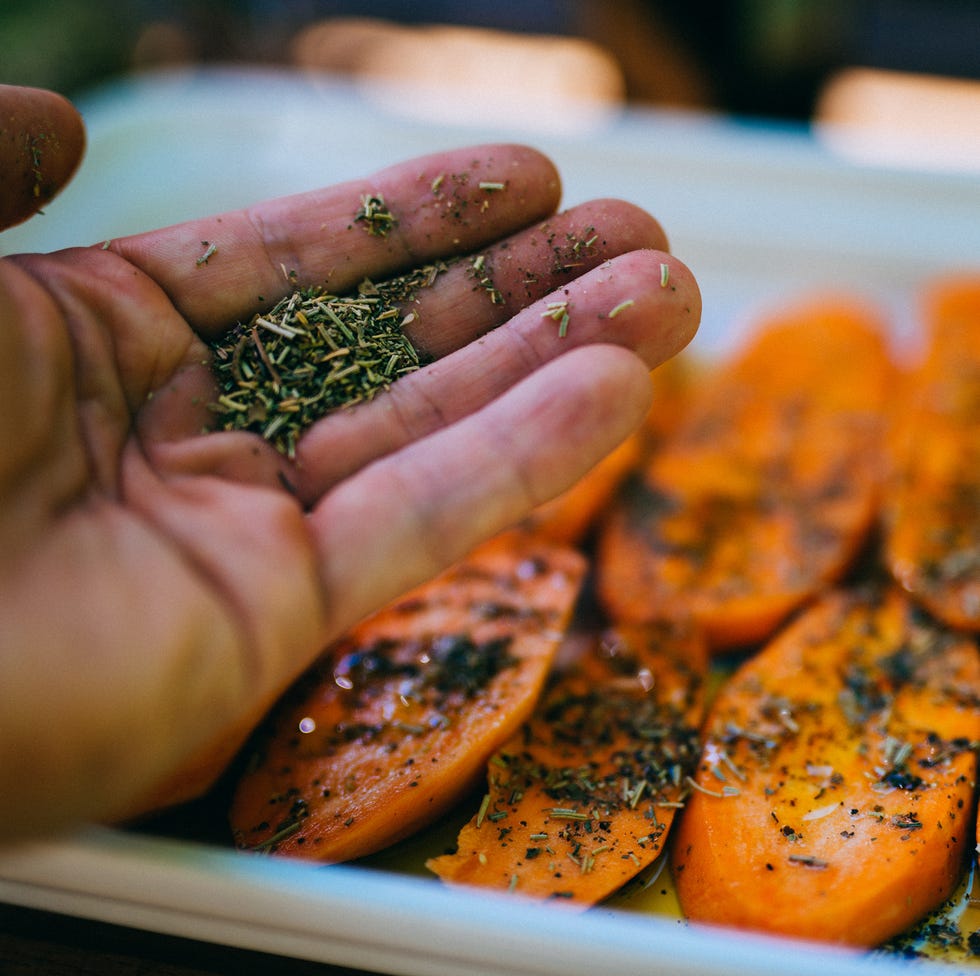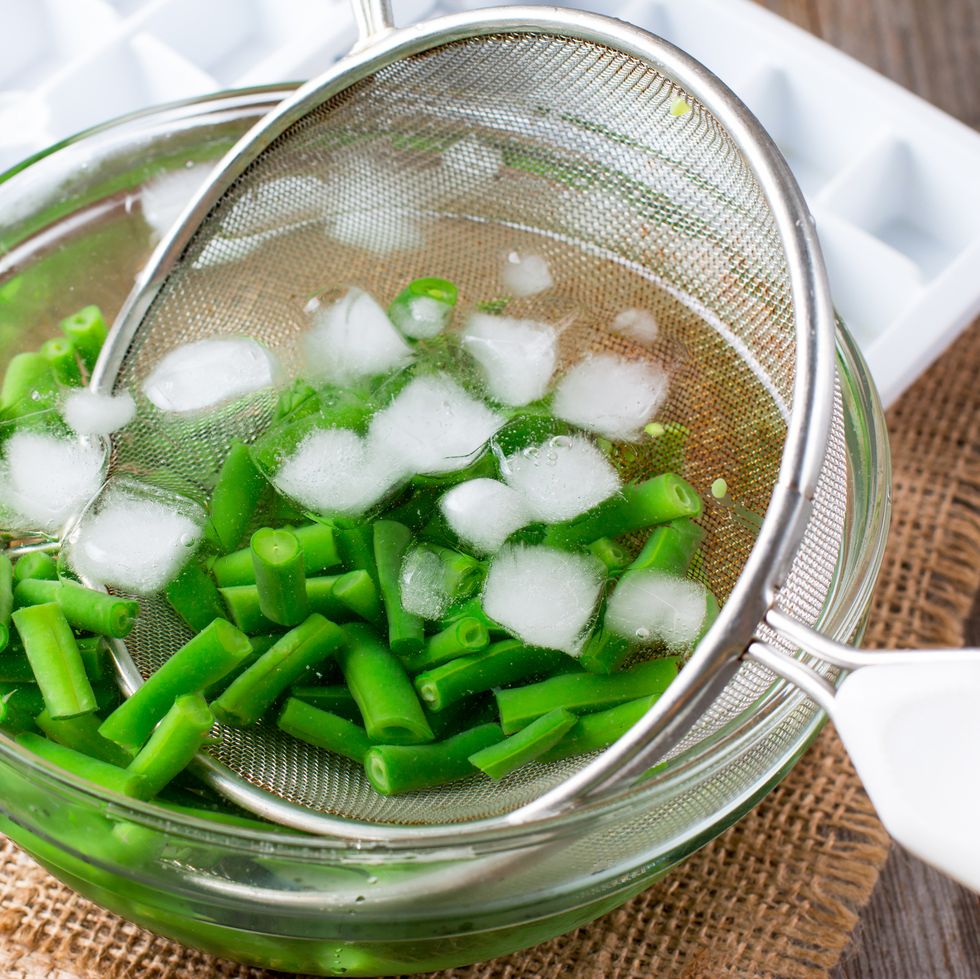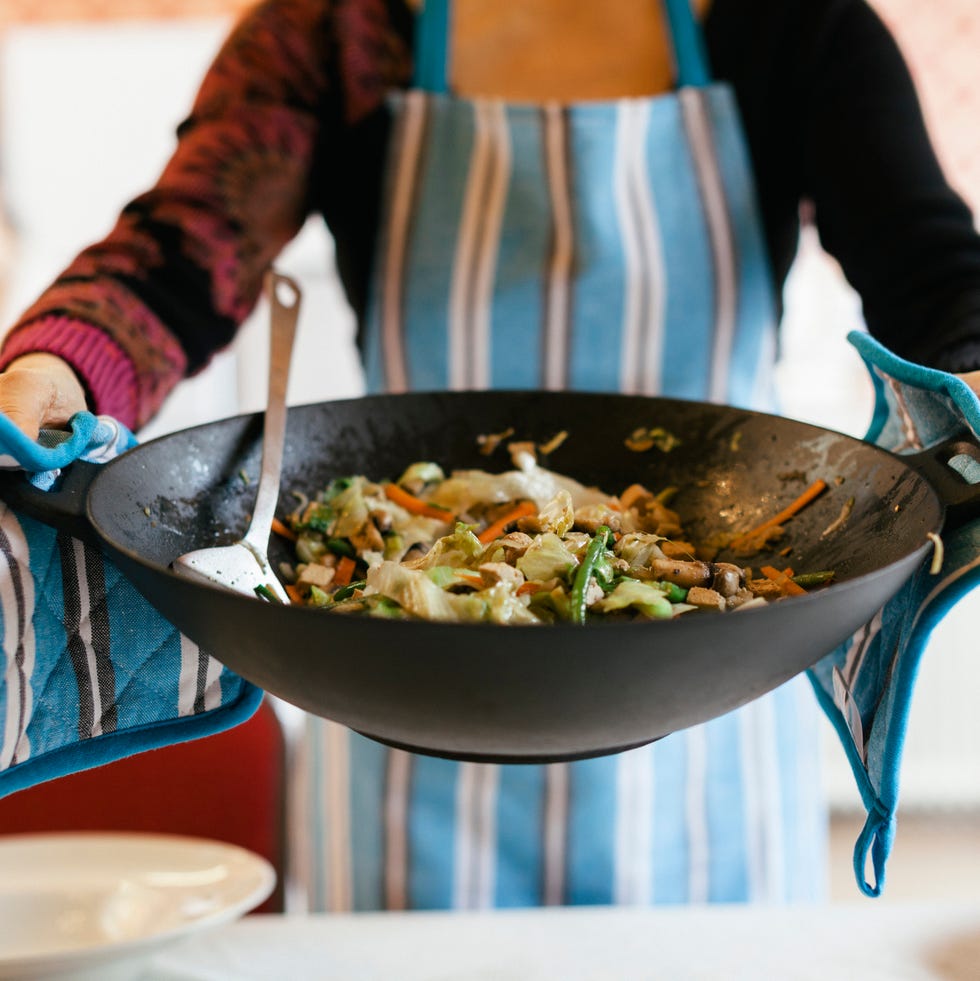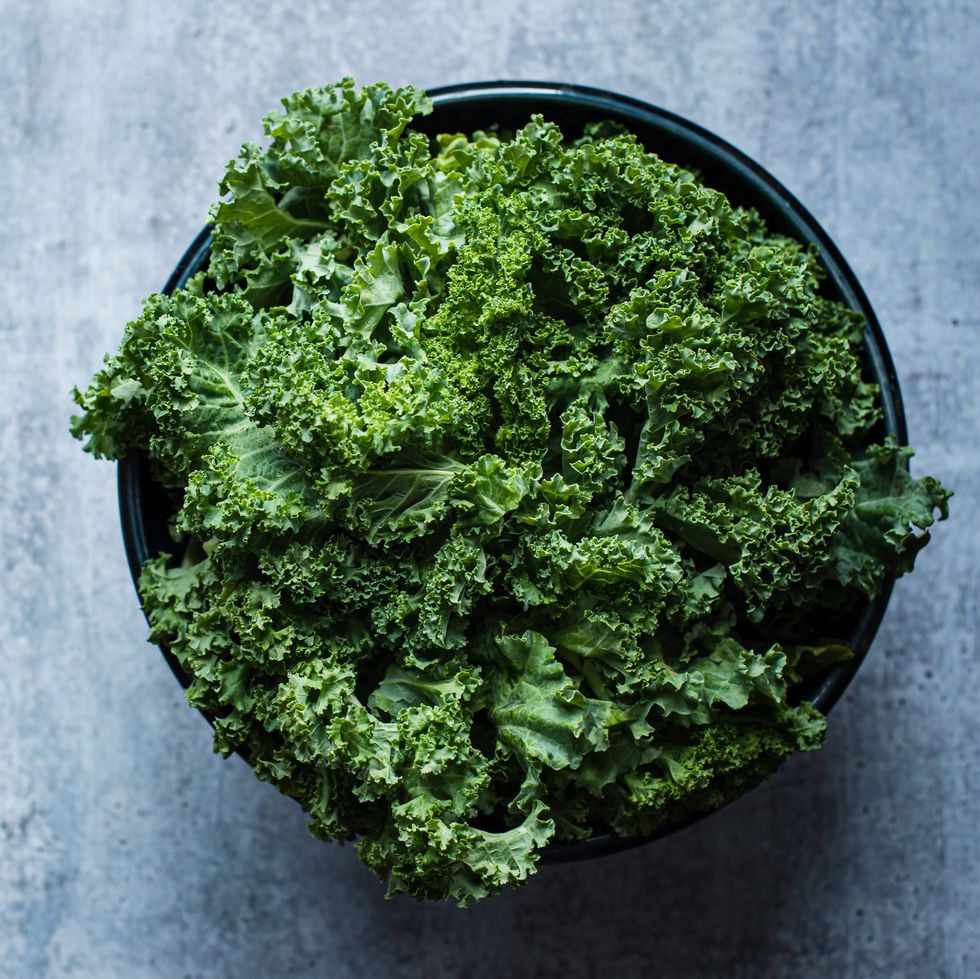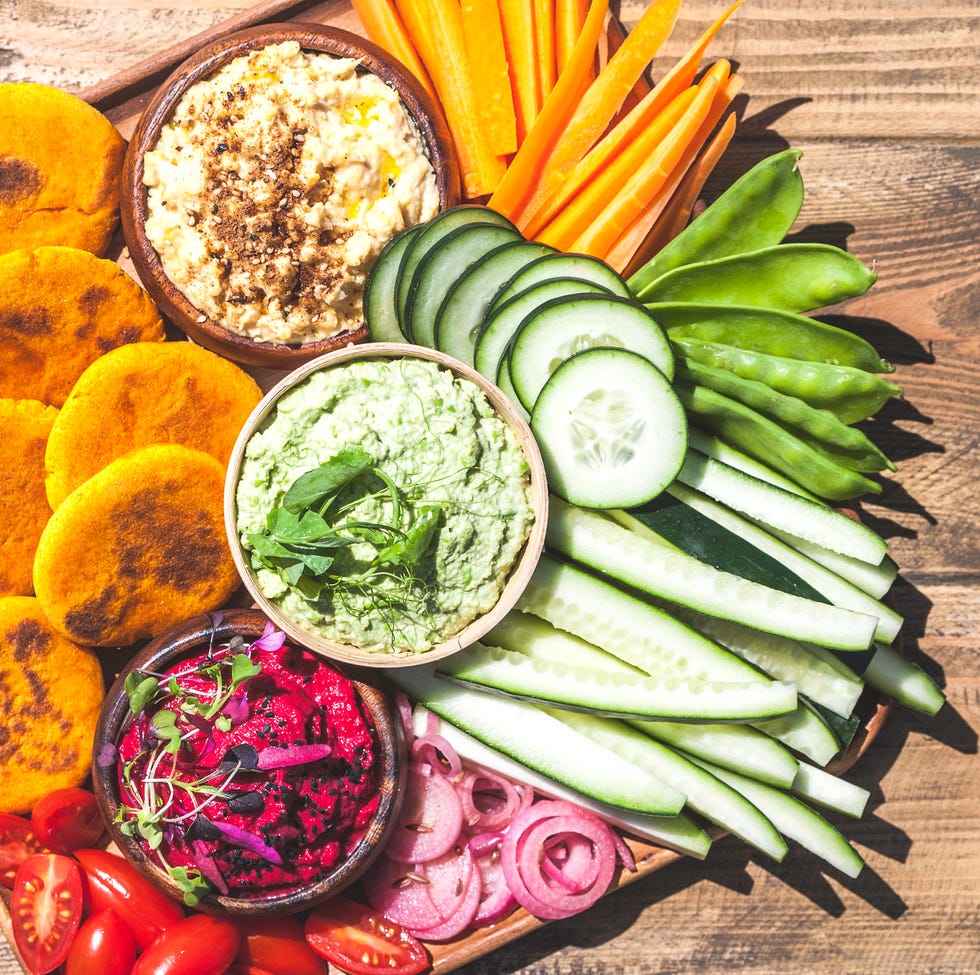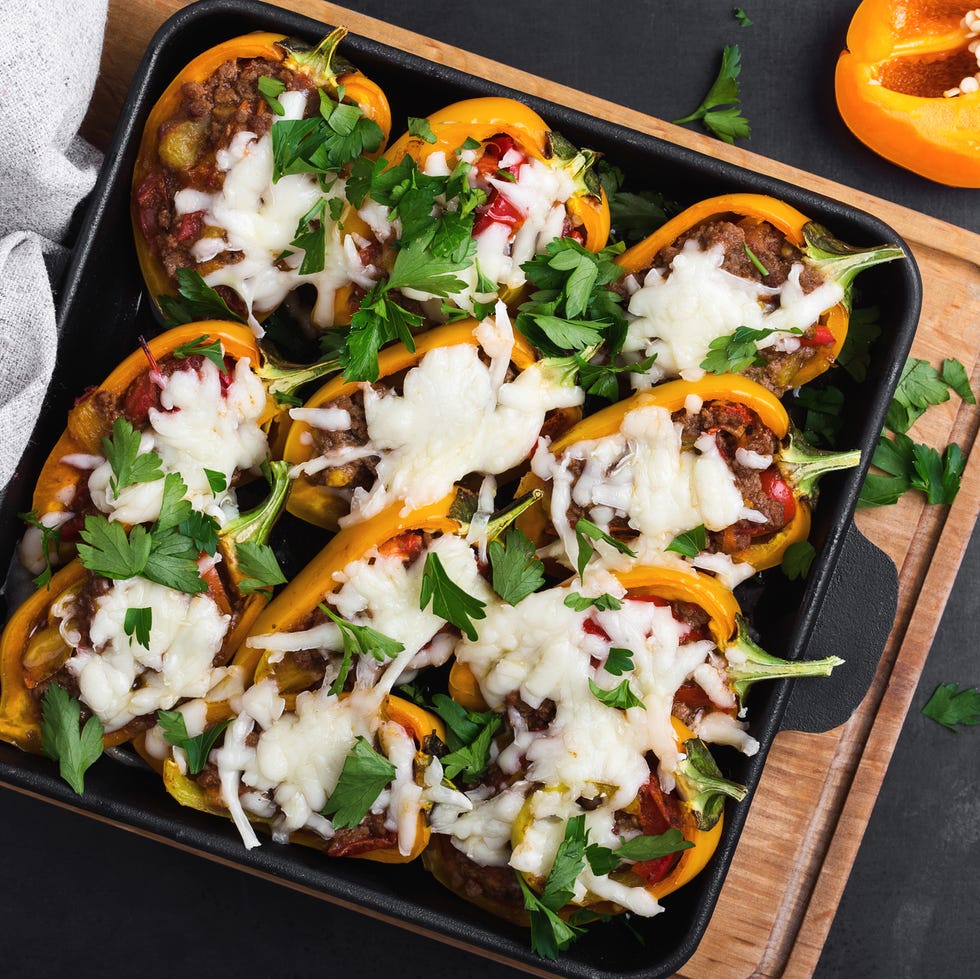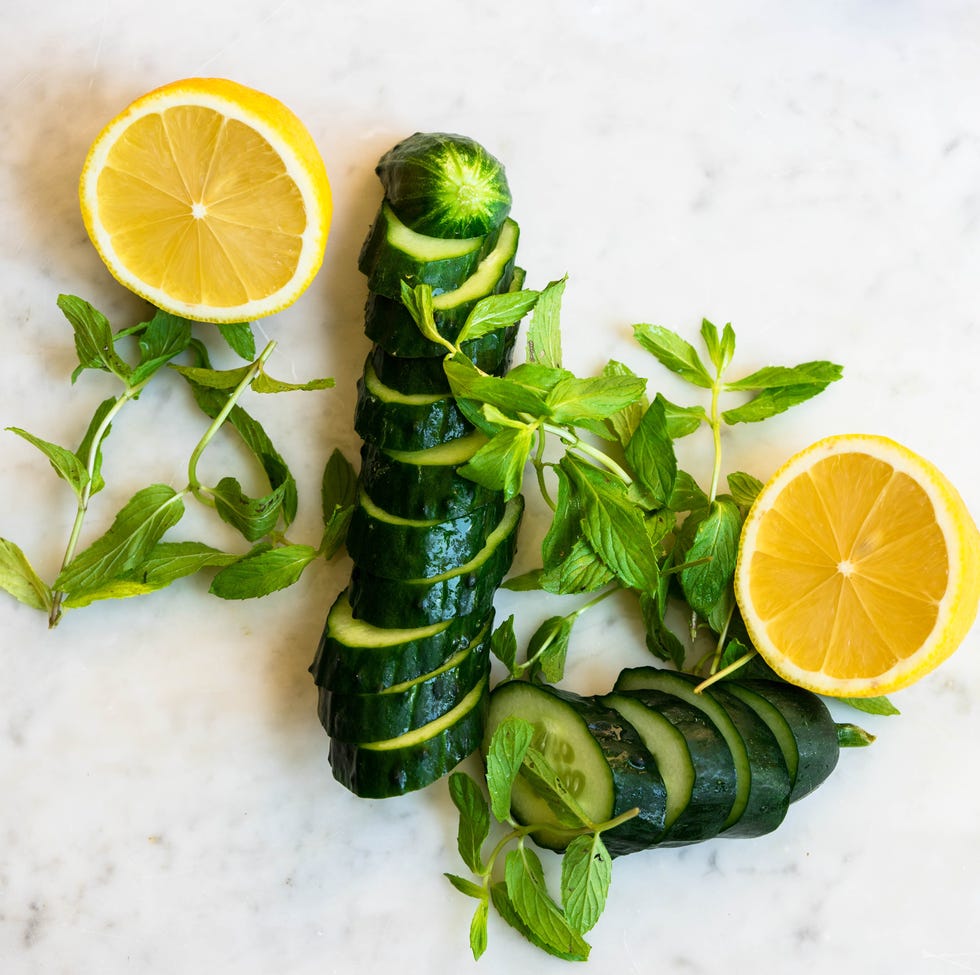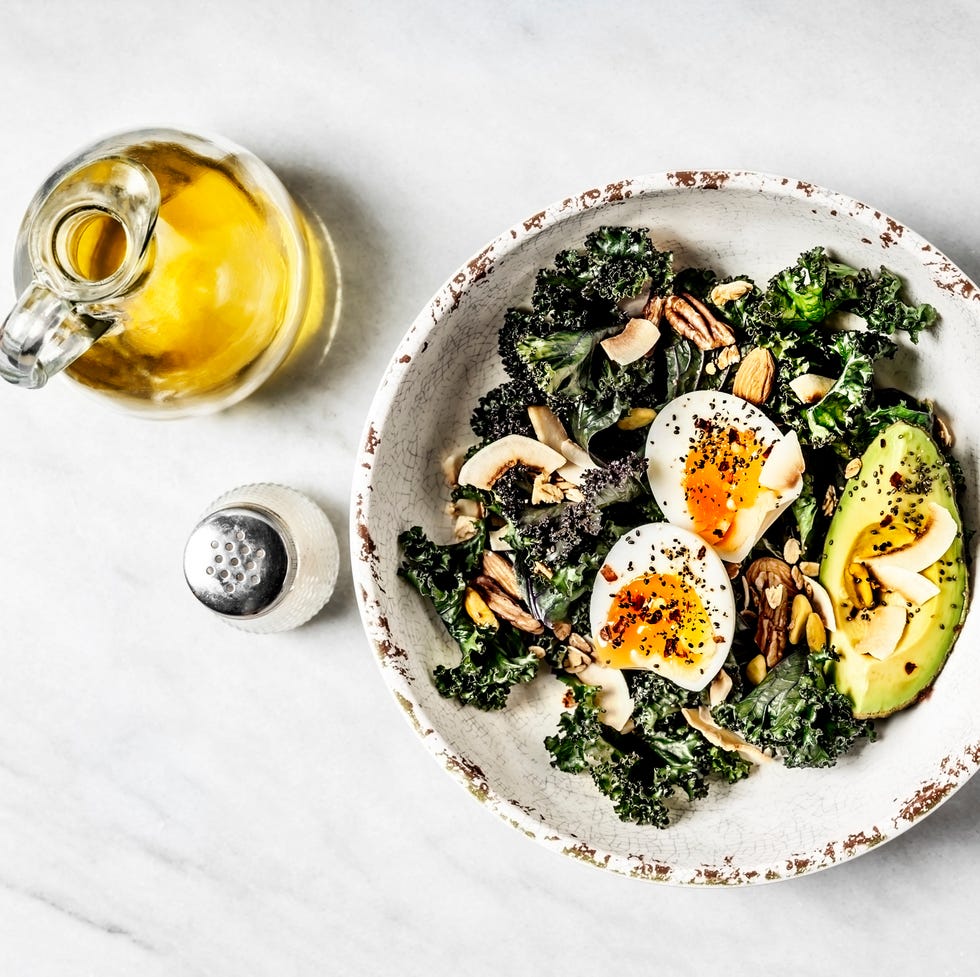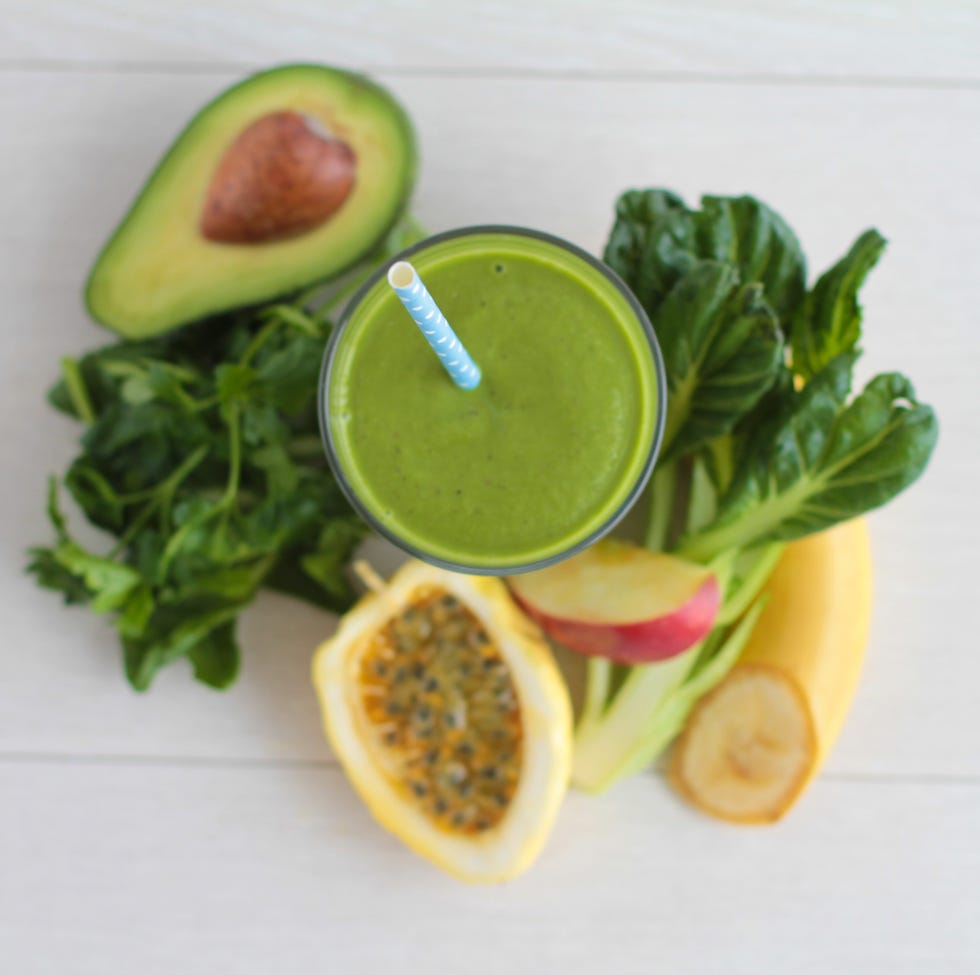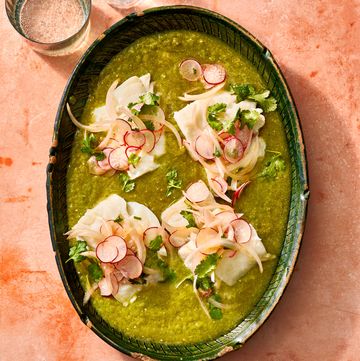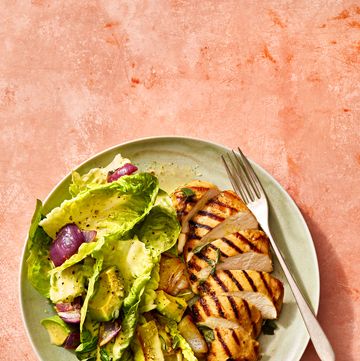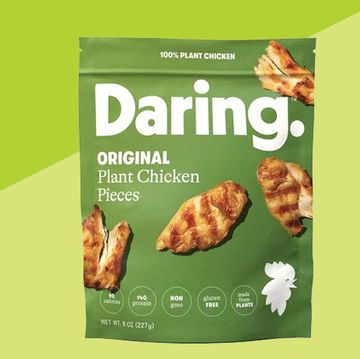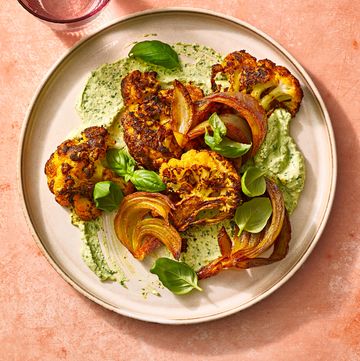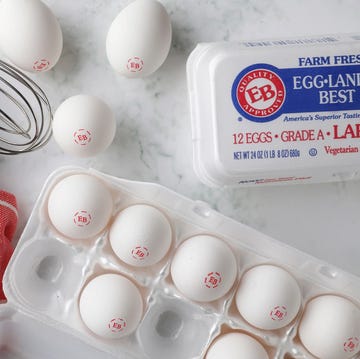16 Secrets To Make Vegetables Taste Even Better
Because your veggies should never be bland.
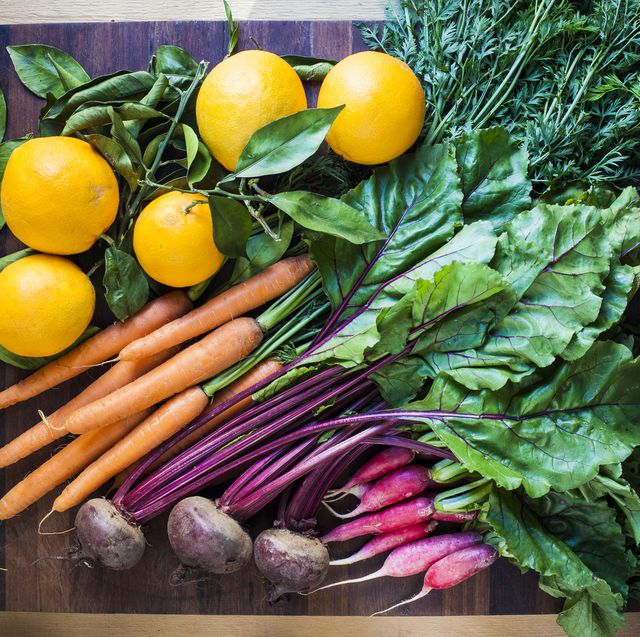
Vegetables often get a bad rep, but the truth is, they can be quite delicious and can make for an amazing meal. The secret to making your vegetables taste better is to learn how to properly prepare them, and that goes for everything from selecting the right pieces of produce at the store to cooking them or putting them together in the kitchen. And don't think of this as a daunting task—it's usually as simple as making as a few small changes to what you're already doing.
For example, steaming and boiling veggies might be an easy go-to option, but these cooking methods can often leave fresh produce tasteless, mushy, and boring. Trying a new preparation method and adding a variety of different seasonings can make a world of difference for any kind of vegetable, whether it's something hearty like a root vegetable or something more light. You want your produce to be tasty, flavorful, and crisp all the time, whether they're the main entree or just a side dish. The following tips will make you look at veggies in a completely different way—and they may even get your kids to do the same.

Jessica is a freelance writer from New York who loves kale salads and hanging out with her cats.
Watch Next


33 Protein-Packed Breakfasts for All-Day Energy

Sardine Pasta With Burst Tomatoes

Creamy Orange Turmeric Smoothie
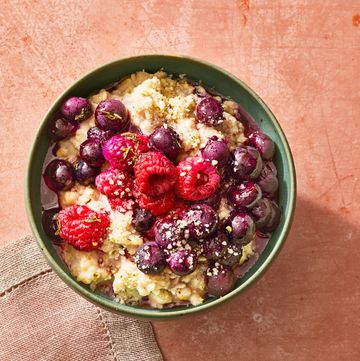
Thyme-Roasted Berries on Banana Oatmeal
